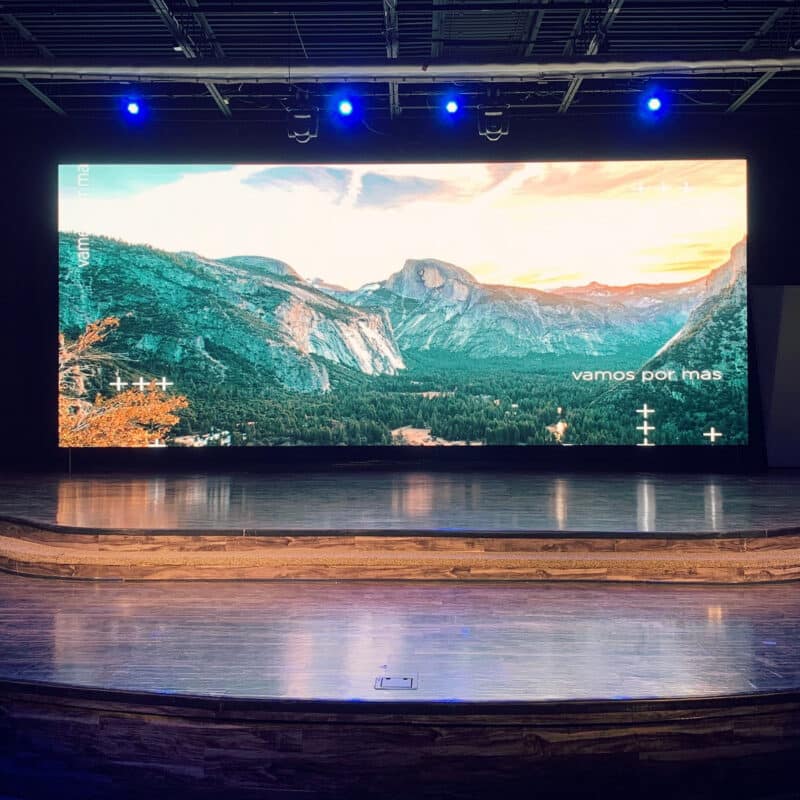Investigating The Way Resolution Affects the Performance and Aesthetic Caliber of LED Screens in Modern Exhibition Techniques
Investigating The Way Resolution Affects the Performance and Aesthetic Caliber of LED Screens in Modern Exhibition Techniques
Blog Article
LED walls are growing increasingly common in different environments, including concerts and sports events to business presentations and art exhibits. One of the key crucial factors that influence the performance and image clarity of these screens is image clarity. Image resolution denotes the number of pixels that compose the visual on the display. Increased resolution means more pixels, which can result in clearer and crisper images. Understanding how resolution affects LED screens can help users make informed decisions about their screen requirements.
When talking about resolution, it is essential to consider pixel spacing, which is the gap between the midpoint of one picture element to the midpoint of the next pixel. A smaller pixel pitch results in a greater image clarity, enabling more detail in the images displayed. For instance, an LED screen with a picture spacing of 1.5mm will offer a clearer image than one with a pixel spacing of 3mm. This is especially crucial in environments where viewers are close to the screen, such as in a compact location or a exhibition show booth. In these situations, a higher resolution can significantly improve the observing quality.
Another factor of resolution is its impact on color precision and luminosity. LED screens with higher resolutions often have better hue rendering, indicating that the hues displayed are more vibrant and true to life. This is essential for applications like advertising, where the find out here goal is to attract interest and communicate a concept effectively. Additionally, greater resolution screens can preserve luminosity levels even when viewed from different perspectives. This is crucial in big venues where viewers may be positioned at different ranges and angles from the screen.
The performance of LED walls is also influenced by resolution in terms of refresh rates and response times. A higher resolution screen can support faster refresh rates, which is essential for fast-moving material such as films and motion graphics. This indicates that the visuals on the display will look more fluid and increasingly seamless, improving the total observing quality. In contrast, reduced image clarity displays may struggle with dynamic material, resulting in fuzziness or delay. Therefore, for occasions that rely on dynamic images, selecting a screen with a appropriate image clarity is vital.
In conclusion, resolution plays a crucial role in defining the performance and image clarity of LED screens. Elements such as picture spacing, hue precision, luminosity, update frequencies, and response times all contribute to how effectively a screen can communicate data and capture audiences. As advancements continues to advance, understanding these elements will help operators choose the appropriate LED screen for their particular requirements, ensuring that they obtain the best possible results in their presentations and events.